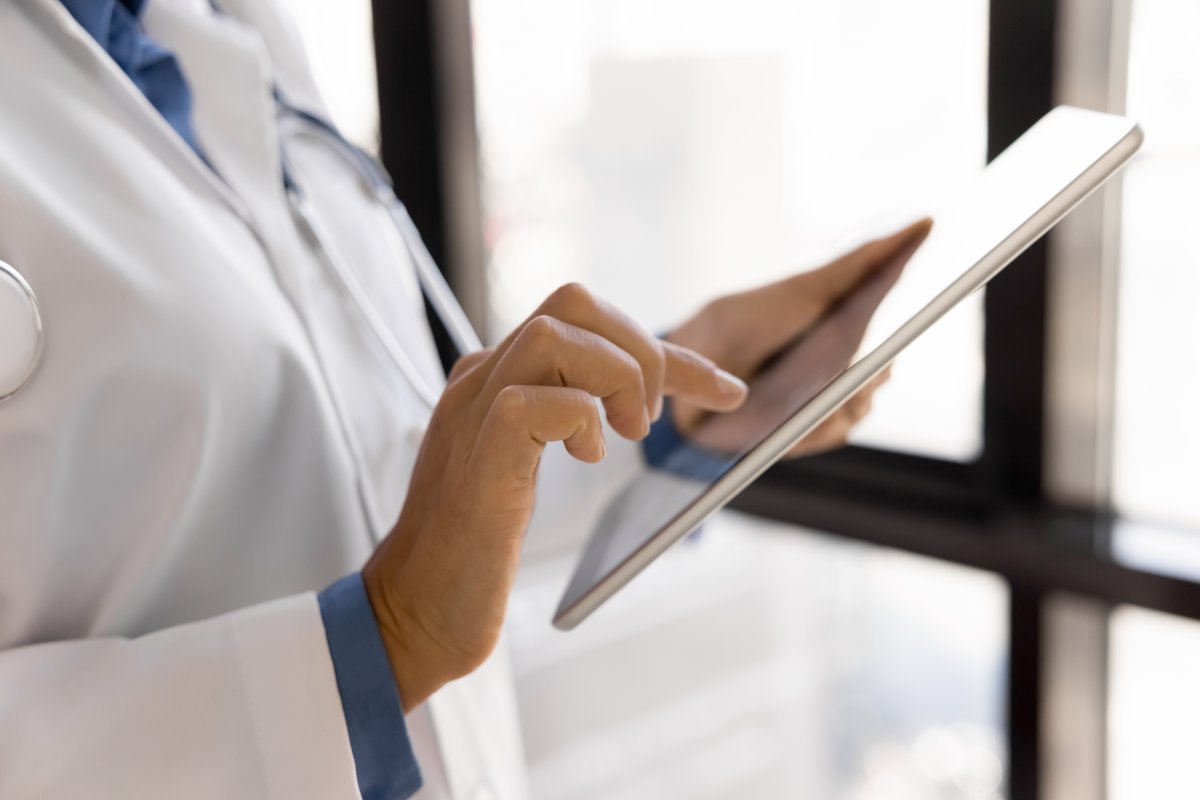At the 14th National Telemedicine Congress, the German Society for Telemedicine (DGTelemed) published position papers in which it emphasized the importance of digital networking and remote collaboration, especially in light of the hospital reform.
Digital data exchange between hospitals and doctors’ surgeries, for example for sending discharge letters to GPs, has rarely taken place to date. The lack of interoperability of software systems from some providers of hospital and practice IT, for example, is regularly criticized as making their customers dependent on one another and making the smooth flow of information more difficult.
The DGTelmed emphasizes that the specialization of hospitals and the resulting limitation of services offered in hospitals should not lead to gaps in care. Smaller hospitals in particular are dependent on specialized centers to ensure patient safety due to “limited availability of specialists, small numbers of beds and technical equipment”.
Modern and digital infrastructure desired
In its position paper “Telecooperation and digital network structures”, DGTelemed calls for telecooperation to be recognized as an equal component of standard care. A modern digital infrastructure is essential for this. By 2035, around 50 billion euros will be available for the structural development of the hospital landscape with the help of the Hospital Transformation Fund. However, the application process for funding is complex and time-critical.
“The federal states can only submit initial applications for the disbursement of funding for 2026 until September 30, 2025. Implementing the needs assessment and the complex application process in the short time available may become a challenge for everyone involved,” warns DGTelmed. As many hospitals are not familiar with the market, the association recommends external advice and training.
Telemonitoring for chronically ill patients
In a further position paper “Future-oriented care with telemonitoring”, DGTelemed emphasizes how important telemonitoring – the collection, processing, and evaluation of structured data – is for the care of chronically ill patients and for care close to home. Telemedicine centers (TMZ), whose funding has also been included in the Hospital Transformation Fund Ordinance, are crucial for this. They can also be used to avoid gaps in care in regions with a low density of specialists or in smaller hospitals.
Telemonitoring should also become part of existing disease management programs (DMP). The Joint Federal Committee, the highest body of the medical self-administration, had described requirements for digital DMPs in this regard and decided on disease-specific dDMPs for diabetes mellitus types 1 and 2.
Electronic patient file milestone
“The nationwide launch of the electronic patient record (ePA) is a milestone on the way to a comprehensively available, centralized digital structure for storing and viewing medication plans as well as decentralized findings and laboratory values,” says DGTelmed. However, open and standardized connection options are required for their success “as well as further expansion of the ePA into a structure that can be used not only for storing findings but also for central, flexible recording and provision of various structured data models”.
The connection of other telematics infrastructure services, such as the TI messenger TIM and the communication service in the medical sector, KIM, to the software of hospitals and medical practices should also be optimized. But there is still a long way to go.
Electronic patient file hardly used
The number of hospitals “participating” in the electronic patient file is around 300 per week.
(Image: TI-Dashboard der Gematik)
The electronic patient file should actually bring about a change, but its use remains the exception, especially in hospitals. The reasons for this are not only that the digital infrastructure is still patchy and prone to failure in many places, as well as the lack of interoperability between systems. In addition, many documents are not searchable as desired and important data formats, such as DICOM for medical imaging, are not yet supported.
DGTelemed is also calling for greater support for healthcare research in the field of telemonitoring and a faster transfer of successful projects to standard care.
(mack)






